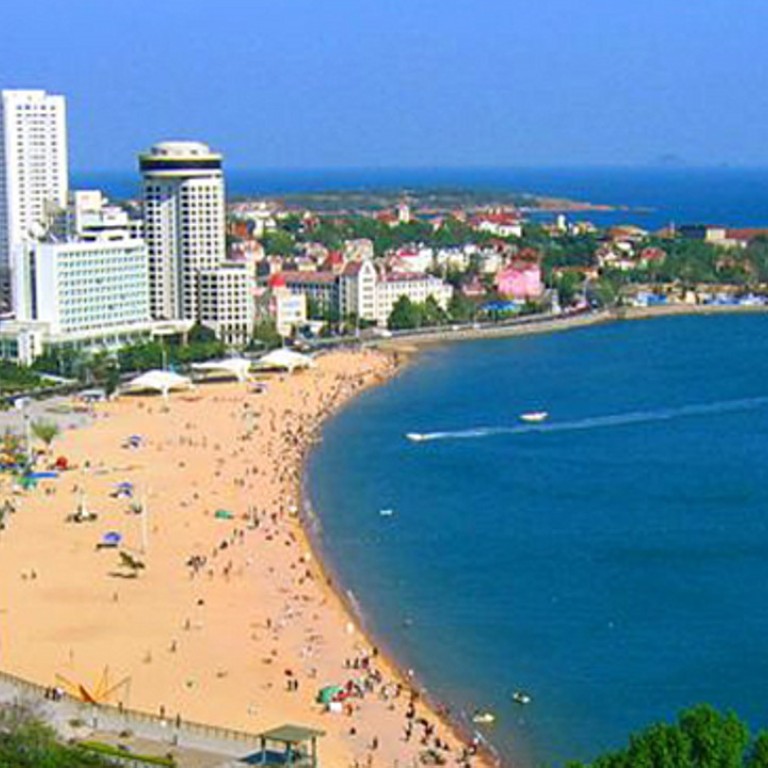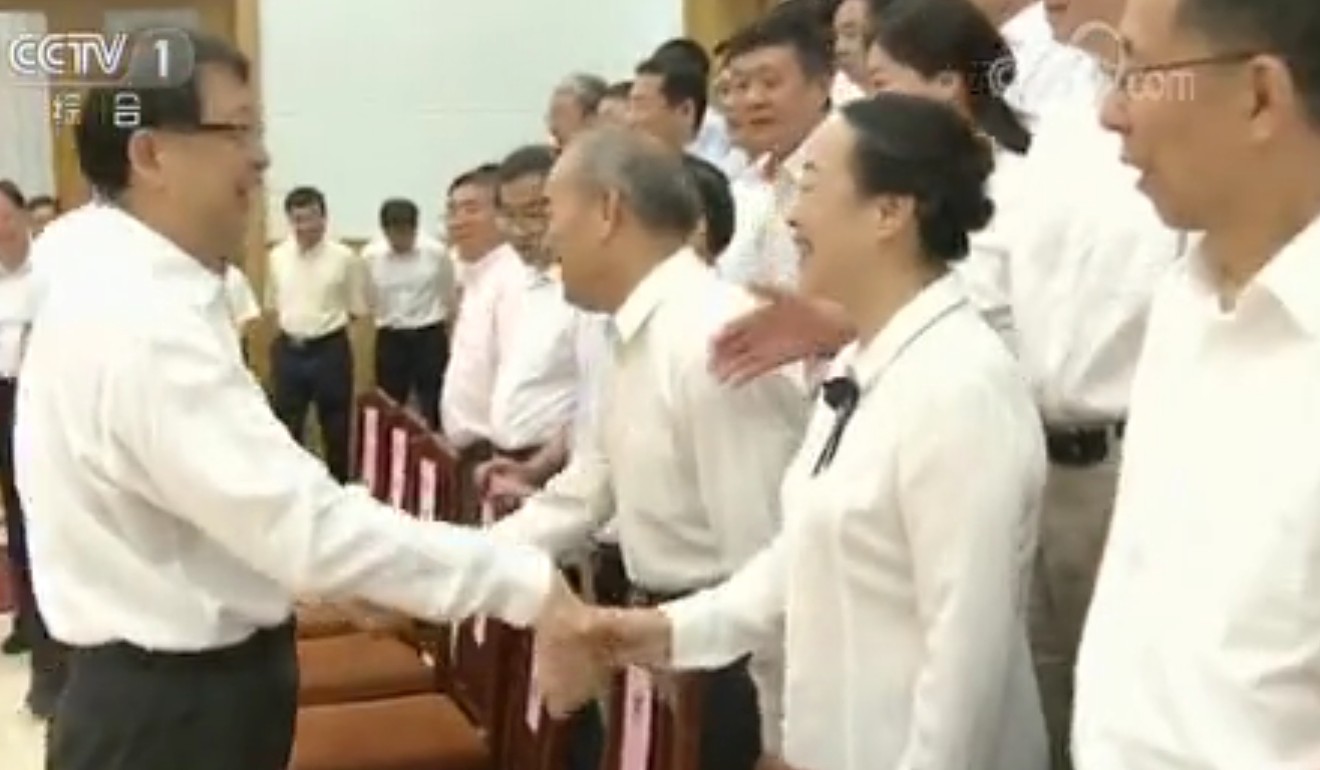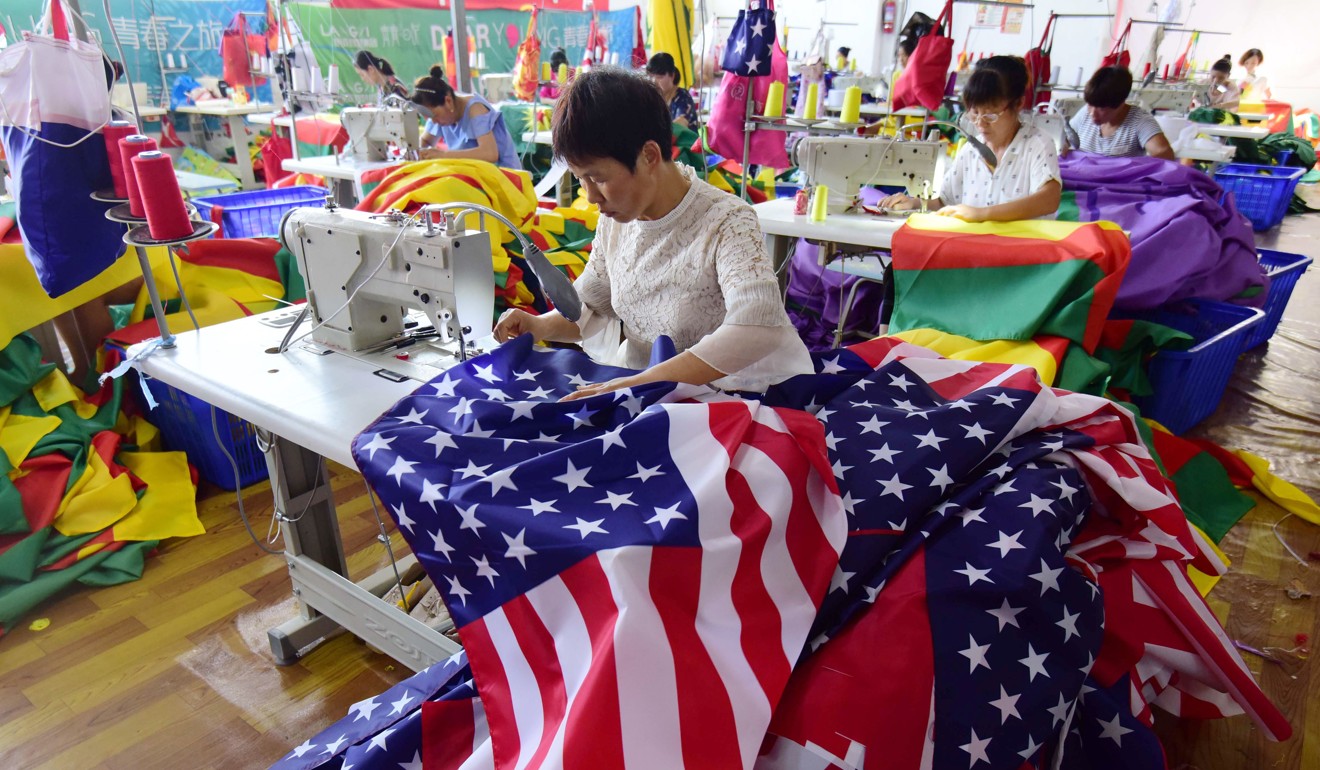
Trade war storm clouds loom over Beidaihe, China’s leadership’s summer getaway
US-China dispute likely to be high on the agenda for Xi Jinping and other senior figures at their annual retreat
The annual summer conclave of China’s top leaders got under way over the weekend, with reports in state media that scientists and engineers invited to the gathering had been greeted by two Politburo members at the seaside resort of Beidaihe.
Nearly 300km (180 miles) east of Beijing, the Beidaihe conclave is a chance for China’s most influential power brokers to mingle and unwind, and discuss policy and politics in an unofficial setting.
But there could be a cloud over this year’s seaside gathering, as an escalating trade dispute with the United States threatens to affect not only China’s economy, but also its domestic politics and foreign policy.
With trade war looming overhead, China’s Beidaihe meeting a chance to discuss what went wrong
When the 62 experts on the guest list arrived for the conclave on Saturday they were met by lower ranking officials than in previous years under President Xi Jinping. Communist Party personnel chief Chen Xi and Vice-Premier Hu Chunhua greeted the professionals, mostly scientists and engineers, according to Xinhua.
During Xi’s first term, this duty had been taken up by Liu Yunshan, who was first secretary of the party’s Central Secretariat and a member of its innermost Politburo Standing Committee. His successor Wang Huning apparently skipped Saturday’s meeting.

The gathering is under way as the world’s two largest economies are locked in a bitter row that has seen 25 per cent tariffs imposed on US$34 billion of each other’s products. Washington has threatened to apply 25 per cent duties on another US$200 billion worth of Chinese goods, and US President Donald Trump has warned that he is ready to go after all Chinese products – amounting to over US$500 billion.
Last week, the party’s ruling Politburo held a meeting to discuss the country’s economic situation, pledging to ensure economic stability. Without specifically mentioning the trade conflict with the US, it acknowledged that the world’s second-biggest economy was facing uncertainty brought about by “new problems, new challenges, and significant changes in the external environment”.
China’s two big mistakes in trade war may lead to middle-income trap
On Friday, Beijing announced it would slap tariffs ranging from 5 to 25 per cent on an additional US$60 billion of American goods.
Meanwhile, the government has sought to tone down triumphalist rhetoric about its achievements that left the country open to criticism.

Ahead of the gathering, security was stepped up in the area, with every vehicle entering the city of Qinghuangdao required to register and apply for a temporary permit.
A source who used to spend a couple of weeks in Beidaihe every year told the South China Morning Post that starting from this year, only Xi’s charter train was allowed to arrive at platform No 1 at Beidaihe railway station.
To ensure maximum security, the track on which Xi’s charter train would travel was guarded by a sentry every 200 metres (220 yards), the person said.
Did China think Donald Trump was bluffing on trade? How Beijing got it wrong
Although there are no official schedules, formal agendas or statements acknowledging the closed-door meetings, Beidaihe had long been known as a forum for intense power jockeying among the top echelons of the party and where policy direction was decided.
But under Xi, the significance of the annual meeting in charting the nation’s course has ebbed and the party elders’ influence has dwindled, as he moves the party away from collective leadership to concentrating power in his own hands.
Analysts have said that given the setback in Beijing’s foreign policy and the spillover of the trade war, Beidaihe is a chance for Xi to hear different opinions and review his policies, but there is little sign of a major threat to his dominance of the party.
Additional reporting by Choi Chi-yuk and Matt Ho

